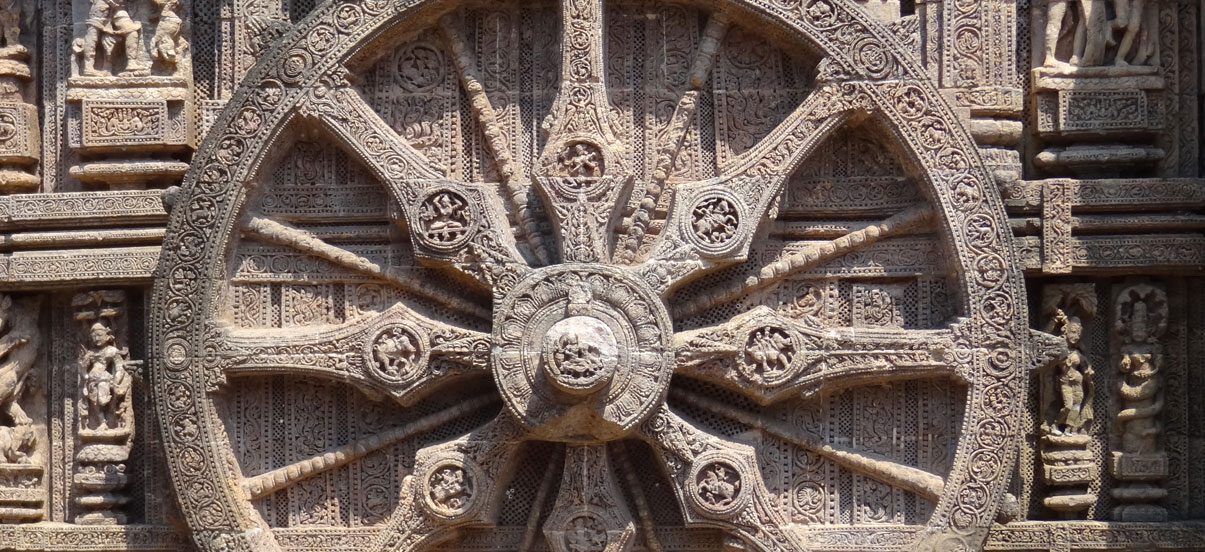Anklets have a long and rich history in the world. Over the years, women from many cultures used ankle bracelets to create a sexy appearance, show their wealth, signal marital status, attract a suitor, and attract attention to their lovely, well groomed, feet. Indeed, the use of anklet bracelets may have been the precursor to the modern pedicure, painted toenails, and high heels.
From the ancient Sumerians in Mesopotamia over 4000 years ago came the first evidence of the use of ankle bracelets. Based on study of this civilization, it is believed that the jewelry of the wife signaled the wealth of her husband, much as jewelry can show the wealth of a women or her family today.
In Ancient Egypt, both the rich and poor wore anklets. The wealthy wore anklets adorned with precious stones and made from expensive metals, while the poor used them to display charms and amulets.
In the past, throughout the Middle East, the anklets were often connected by a stretch of chain to create a shorter, feminine step.
But the richest history of anklets may have developed in India. Anklets were an important custom used to signal marital status and still are an important part of ceremonial wedding garments.
But marriage and relationship status weren’t the only things which anklets were used for in history. Indian women also attached anklets with bells during dances to create a beautiful jingle to accompany their movements. The use of ankle bracelets as an accessory to a dance costume was also seen among belly dancers in the Middle East, who generally wore intricate jewelry along with their outfits.
There are many scientific benefits of wearing Anklets..
They stop inflammation of foot soles as mostly silver is the metal used for preparing Anklets. Silver has heeling power and cooling nature.
Peripheral blood circulation will improve and other health problem related to feet can be reduced.
In olden days wearing of anklets have another reason other than health benefits. At that time in Villages due to lack of facilities many women had to travel along the fields to go for bathrooms and the anklets which make sounds were wear by them, to avoid danger from snakes and other poisonous reptiles. negative energies can also be avoid is one belief in hindu culture
The ankle bracelet initially became popular in the United States in the 1950s, and saw a resurgence in popularity in the 1970s as women began wearing bracelets with their name or initials on them. Based on a few stories about anklets that I have found on the internet, it was the custom in some areas in the United States back in the 1970s for a man to give a women an ankle bracelet to signify that they were in a relationship, which the women added a chain to and wore around her neck.
In addition to their use in the twenty-first century among the fashionable, ankle bracelets have also taken on a decidedly practical turn for some. Police and the judicial system have turned to anklets in order to monitor the activities of the criminal, the rehabilitated, and those in need of rehabilitation. Suspected criminals awaiting trial, in addition to posting bail, may need to wear an ankle bracelet allowing the court to monitor their activity. The same goes for some parolees after they have been released from overcrowded prisons. Modern ankle bracelets can provide a gps location of their wearer to the judicial system or a parole officer, allowing greater monitoring of their activities.
0











